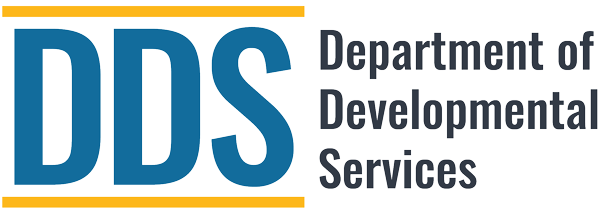Upon completion of each of the following sessions, the DSP should be able to:
Session 1: Identify strategies for supporting individuals to make choices; Describe possible non-verbal responses to choice-making opportunities; Describe how to honor and respect an individual’s choices; Demonstrate awareness of his or her own attitudes and beliefs about others and how this impacts his or her work.
Session 2: Describe your role as a team member; Identify ways to support meaningful goals for individuals; Demonstrate how to work as a team member in person-centered planning processes.
Session 3: Demonstrate how to provide assistance to individuals who self-administer medication; Identify resources about medications that individuals are taking; Describe different categories of medications; Identify the Five Rights of assisting an individual with self-administration of medication; Identify the difference between “prescription” and “over-the-counter” medications; Identify key information on prescription medication labels.
Session 4: Identify components of a healthy lifestyle; Identify components of a typical preventative physical examination; Identify best practices for making a medical appointment; Identify best practices for supporting an individual in preparing for a medical appointment; Document telephone contact and visits with doctors or other health care providers; Identify ways to be a health care advocate for individuals.
Session 5: Use the Food Guide Pyramid to plan healthy meals; Describe adequate daily water intake; Define the three types of diets: regular, modified, and therapeutic; Describe why it is important to know dietary information about each individual; Understand nutrition food labels; Identify ways to save money shopping for food; Identify ways to prepare and store food safely; Identify ways to make mealtime safe and enjoyable; Identify ways to help individuals make physical activity part of their daily routine.
Session 6: Identify several opportunities for teaching new skills; Describe the role of the DSP in teaching skills to individuals you support; Identify how to establish a good relationship with a learner; Define the following terms: functional skills, age-appropriate skills, and meaningful skills; Identify natural times for instruction for typical functional skills; Describe and complete a task analysis; Identify several types of instructional prompts.
Session 7: Demonstrate least-to-most prompting strategy; Define partial participation and describe how it can be used with an individual with whom you are working; Describe several types of adaptations and identify how an individual you are working with can use an adaptation; Describe reinforcement strategies; Demonstrate shaping as an instructional strategy; Identify how to ensure individuals generalize skills; Describe strategies for evaluating teaching success and identify when it is appropriate to modify teaching strategies; Describe strategies for ensuring that skills are maintained.
Session 8: State the principles of risk management; Identify types and levels of associated risk; Use the Risk Assessment Evaluation and Planning Worksheet to evaluate risks in daily living; Describe DSP responsibilities for identifying risk management issues for person-centered planning; Demonstrate the ability to complete a Special Incident report (SIR) to identify what can be learned from incidents and identify steps to minimize recurrence.
Session 9: Identify specific problem behavior and the function it is serving; Identify and assess antecedent events. Describe target behavior; Identify and assess consequences that usually follow targeted behavior; Describe the use of both simple (primary) (A-B-C) and complex (supportive) (Scatter plot) functional analysis; Describe the role of the DSP in implementing a behavior support plan.
Session 10: Define meaningful reinforcement and replacement behaviors; Describe the DSP’s role in functional analysis; Describe the DSP’s role in implementing a behavior support plan.
Session 11: Identify ways to support quality of life; Identify individual routines; Identify opportunities for individuals to develop friendships; Identify ways to support meaningful participation in social, recreational, educational, and vocational activities; Identify ways to support the inclusion of individuals in their community.
Last modified: March 6, 2019
